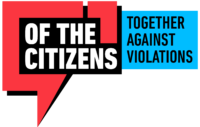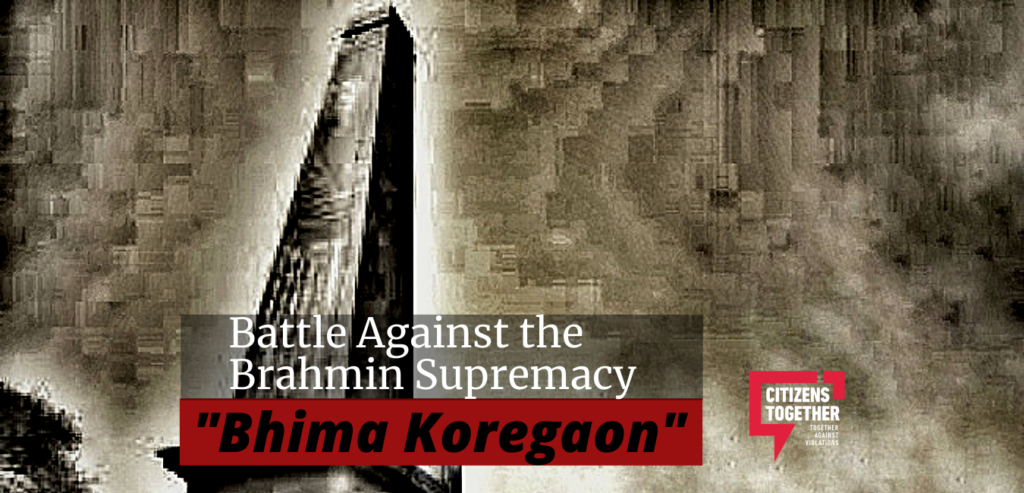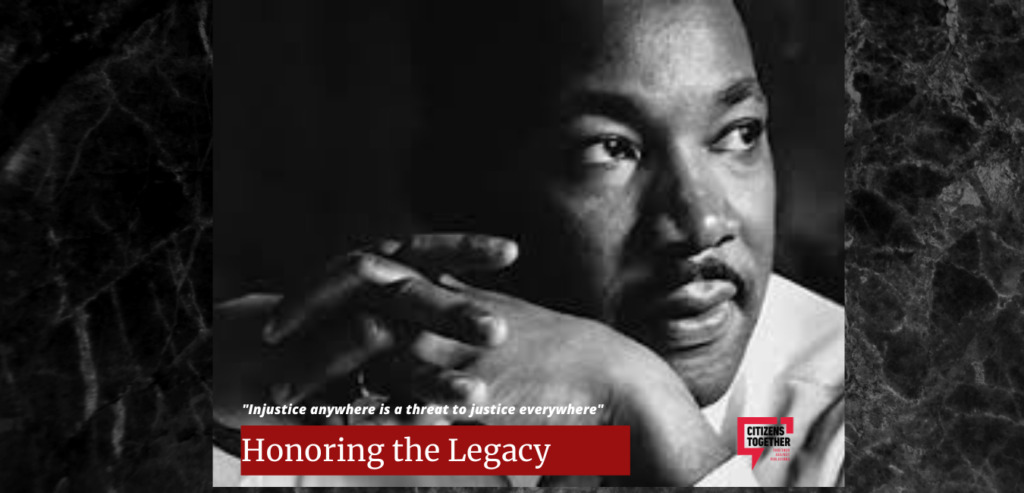History is always chronicled by the powerful as a result the history and the natives of the Tribal and marginalized people remain hidden and eventually forgotten. The history of one of the tallest freedom fighter Tilka Manjhi is one such chapter that has been neglected to narrate. The Manjhi Revolt against the British Empire is one such forgotten event in Indian history.
Tilka Manjhi was India’s first freedom fighter. Born in 1750, Manjhi, who fought for throwing off the British yoke almost a century before the 1857 revolt, was never given his due place in history.
Tilka Manjhi was a fearless warrior who led a gallant rebellion against the East India Company’s entry into the Santhal region. He led the uprising from 1771 till his killing in 1785.
On January 13th 1785 Tilka Manjhi was killed by Britishers. He was publically hung in a Banyan tree in Bhagalpur, Bihar. Today on his death anniversary we pay tribute to his courage for standing firm for sovereignty, and freedom against the domination of the British Empire.
Tilka Manjhi was a tribal leader from the Chhotanagpur hills. He was the first freedom fighter who fought against the British Empire with bows and arrows, long before Mangal Pandey took up arms against the empire.
Early Life
Tilka Manjhi was born Jabra Pahadia, into a Santhal family on 11 February 1750 in a village called Tilakpur in Sultanganj, in today’s Bihar. His father’s name was Sundara Murmu. The Company gave him the name Tilka Manjhi – in Pahadia language, “Tilka” means a person with angry red eyes. Jabra went on to become the village head and in the Pahadia community, it is customary to address the village head as “Manjhi”. That is how he got the name Tilka Manjhi. The Europeans also called Jabra Pahadia a dreaded dacoit and gusail (angry) Manjhi. Interestingly, the name “Jabra Pahadia” appears in British documents but there is no mention of “Tilka” in it.
Since childhood, Jabra lived in the shadow of forest civilization and hunted wild animals. He worked out, wrestled, climbed tall trees, walked the hills and the valleys. Wildlife made him fearless and brave. From an early age, Tilka witnessed the plunder of the forests and his people being put through severe torture at the hands of the zamindars. These experiences would inform his attitude to the European colonialists, who would join in the plunder and the torture.
Slowly, Tilka started to oppose these oppressive forces. He raised his voice against them. Tilka Manjhi used to address local people in meetings in Bhagalpur to inculcate national spirit. He used to inspire people to unite by rising above caste and religion. Thus began his war against injustice and slavery.
The Revolt
Around 1770, Santhal Pargana was severely affected by drought and people were dying of hunger. The British East India Company in power, instead of providing food and relief to the people started exploiting the tribal communities. Tilka Manjhi organized the Tribal and revolted against the British oppression in 1772. To stop the revolution Lord Clive used the divide and rule policy by bringing a few local tribal leaders under the British by forgiving their revenue. But Tilka Manjhi understood their ploy and he organized the tribal communities under one armed group to fight against the British exploitation and tyranny.
Tilka, also popularly known as Jabra Paharia made this movement a mass movement and circulated a message written on Sal leaf that said “We must be united” and it has become famous as Manjhi Revolt.
Inspired by this noble act of Tilka, many other tribals also joined the rebellion. With this began his “Santhal Hool” (the revolt of the Santhals). He continued to attack the British and their sycophantic allies. From 1771 to 1784, Tilka never surrendered. He never let the dikus (outsiders), which included moneylenders, zamindars and the Company officials, sleep peacefully.
In 1784, the Santhal opposition to the Company rule turned fiercer. As the Company troops headed for combat, Tilka’s soldiers began to shoot arrows at them. Tilka attacked Bhagalpur and on 13 January 1784, he climbed a palm tree and shot Cleveland with a poisoned arrow and killed him. The Company officials had never even imagined that an ordinary Santhal from the jungles would be able to perform such an act. They were gripped by fear.
After killing Cleveland Tilka Manjhi disappeared in the Tilapore forest and started a guerilla war against the British. The British army surrounded the forest, but he and his men held the enemy at bay for several weeks before he was caught in 1785. After his capture, the British tied him to a horse and dragged him all the way to the Bhagalpur in Bihar, India. There his lacerated body was hung from a Banyan tree publicly. A statue of Tilka Manjhi was erected at the spot where he was hanged, after Indian independence in Bhagalpur. The Bhagalpur University was renamed after him as Tilka Manjhi Bhagalpur University. Another statue was erected in the Dumka town of Jharkhand state.
Tilka Manjhi’s Legacy
Tilka was the first person who fought against the British to free India from slavery, which after 90 years broke again as a struggle for independence in 1857. The legacy of a long-gone hero inspired many rebellions and resistance against colonial dominance. Manjhi revolt was followed Bhumij Revolt in Manbhum in 1798, the Chero Uprising in Palamau (1810), the Munda uprising in Tamar (1819-1820), the Kol rebellion (1833), the Second Bhumij Revolt (1834) and the Santhal Hool (1855).
Source
The Ambedkarite Today, Forward Press, Association for India’s Development



